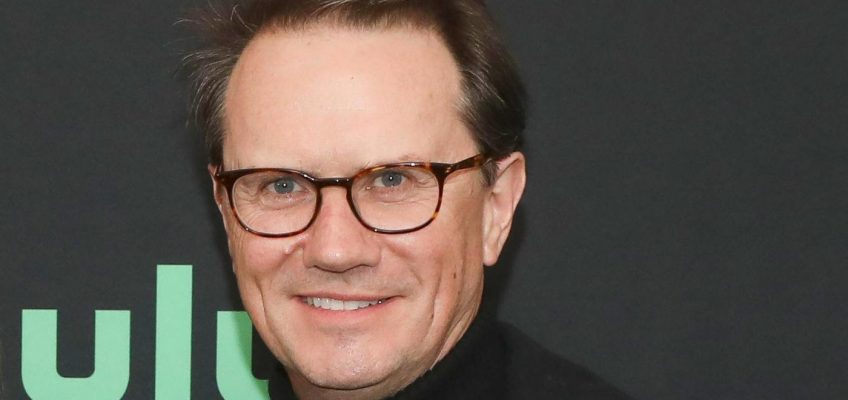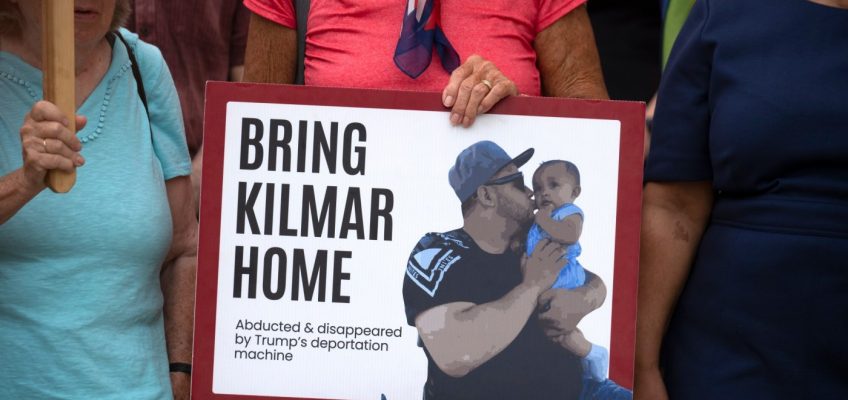LOS ANGELES (AP) — The former chairman of Walt Disney Television and head of 21st Century Fox has been hired to oversee the opening and closing ceremonies for the 2028 Los Angeles Olympics and Paralympics.
LA28 organizers said Wednesday that Peter Rice will serve as head of ceremonies and content and be responsible for the creative vision and physical production of the LA28 Games, which run July 14-30, and the Paralympics, which run Aug. 15-27.
“Peter is one of the rare individuals whose expertise seamlessly combines creativity, operational insight and production excellence to deliver Ceremonies that will captivate audiences around the world,” said LA28 president and chairperson Casey Wasserman, who will supervise Rice. ”He’s been a leading figure in shaping the modern television and film landscape and is the perfect asset to reimagining the delivery of the Opening and Closing Ceremonies for the digital age, leaving a legacy well beyond the Games.”
Related Articles
A former Afghan U.S. translator was seized by ICE agents. Veterans are fighting for his release
Meta launches new teen safety features, removes 635,000 accounts that sexualize children
9 New Orleans inmates who broke out of jail plead not guilty to escape charges
Hershey raising candy prices by double digits on high cocoa costs
Officials search for a bear that attacked a hiker on a popular trail in Anchorage, Alaska
The opening ceremony be held July 14 at 8 p.m. ET, with events at the Los Angeles Memorial Coliseum and SoFi Stadium in Inglewood. The closing ceremony will be July 30 at 9 p.m. ET at the Coliseum.
“I look forward to delivering Ceremonies that honor the legacy of the Los Angeles Memorial Coliseum and celebrate the cutting-edge future of the 2028 Stadium,” Rice said. “These venues have hosted some of the most legendary moments in sports history, and I’m thrilled to deliver a powerful artistic experience that adds a new chapter to LA’s Olympic and Paralympic story.”
Rice, a British-American, began his career at 20th Century Fox in 1989, rising through the ranks before being promoted to president of 21st Century Fox in 2017. Following Disney’s acquisition of the company, Rice became chairman of Walt Disney Television and chairman of General Entertainment for The Walt Disney Co.



